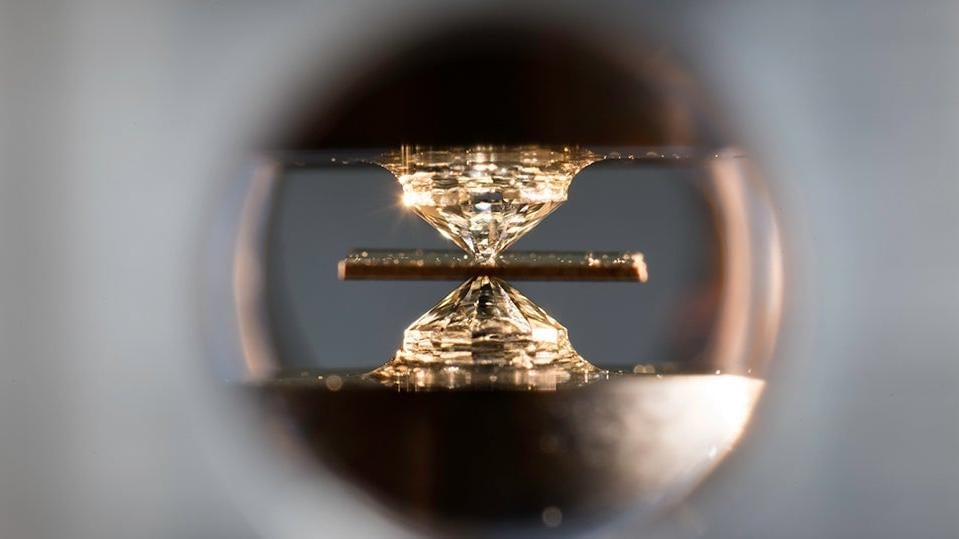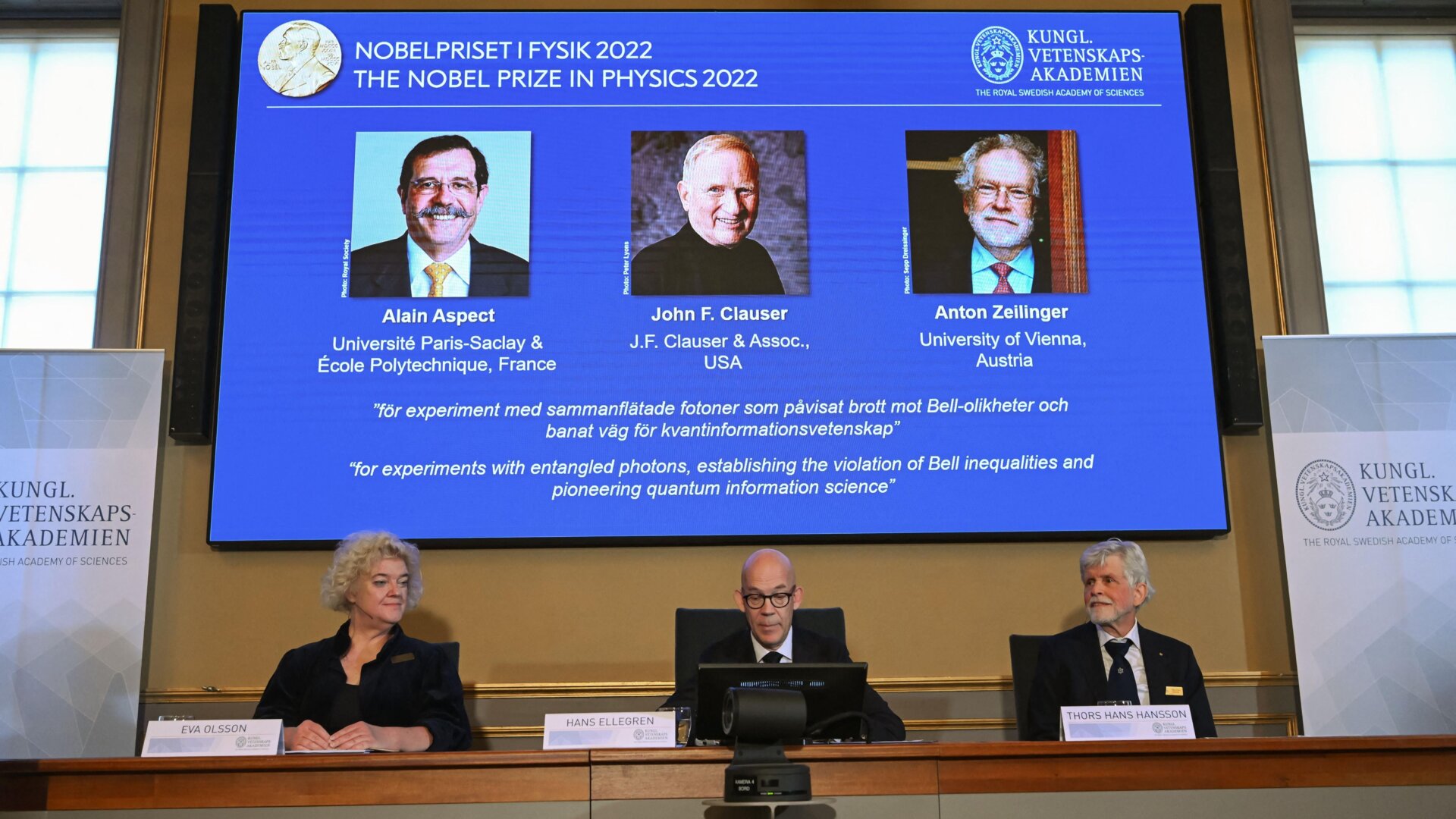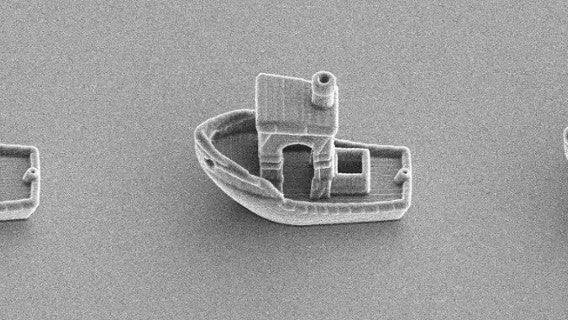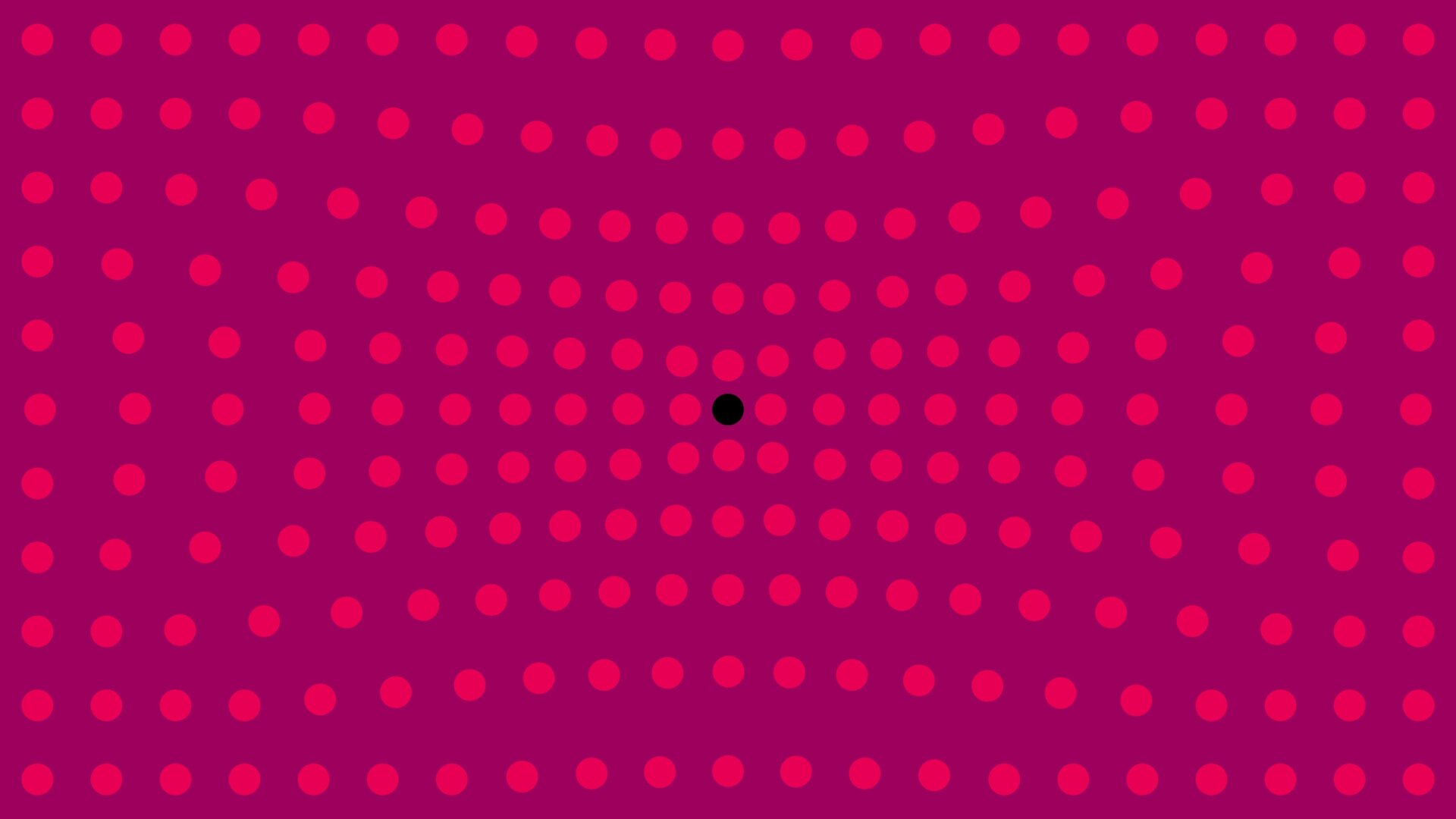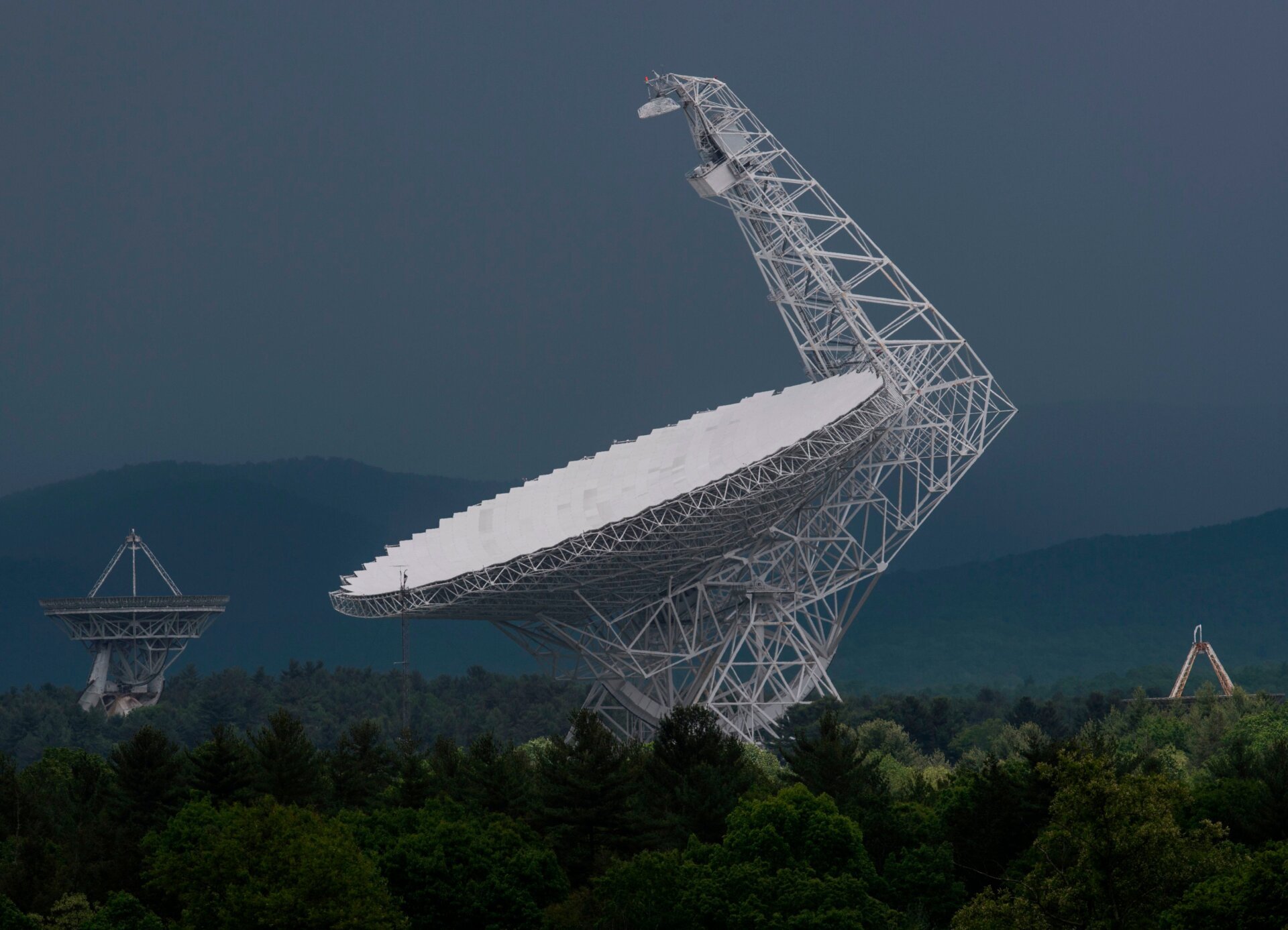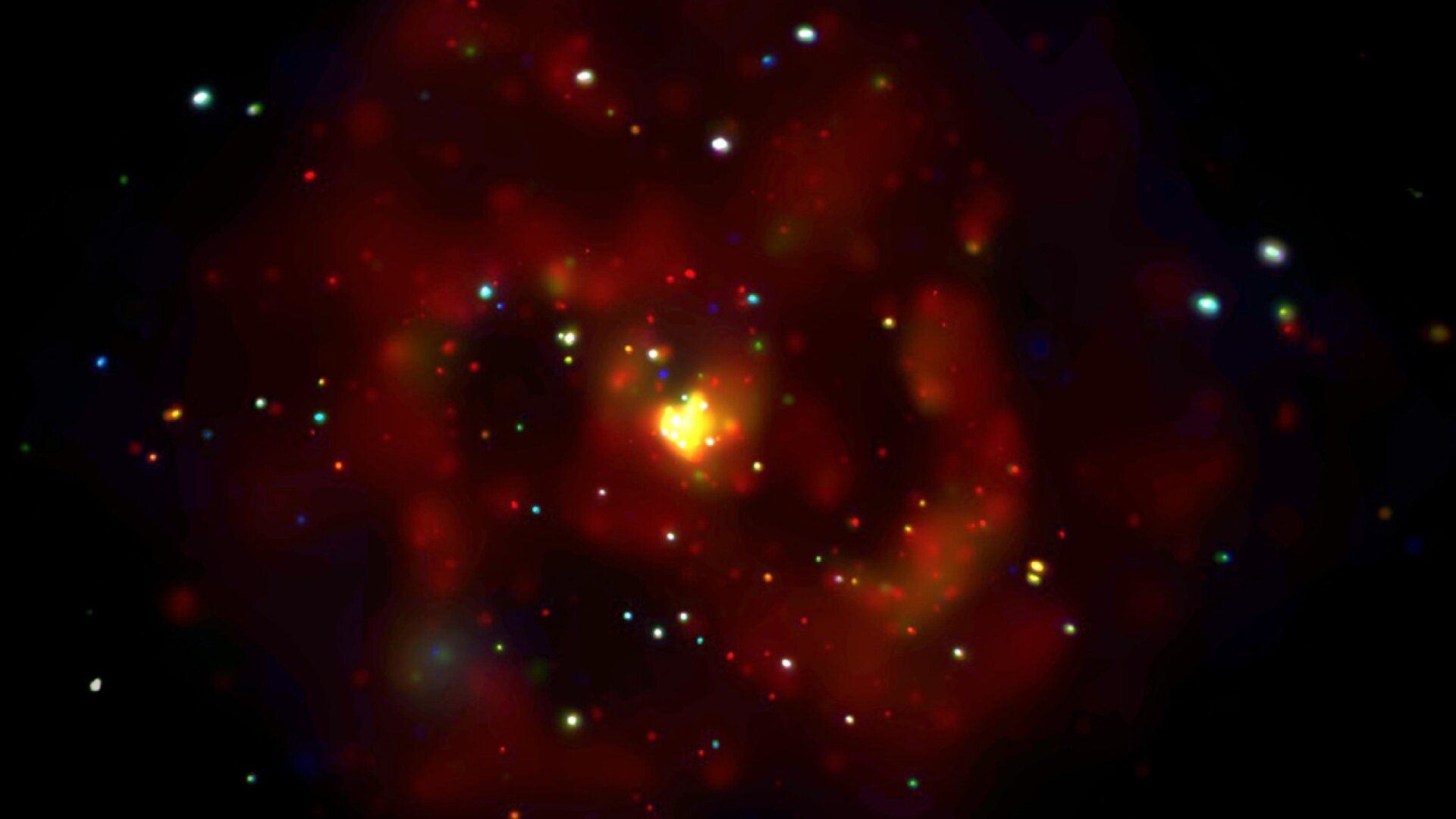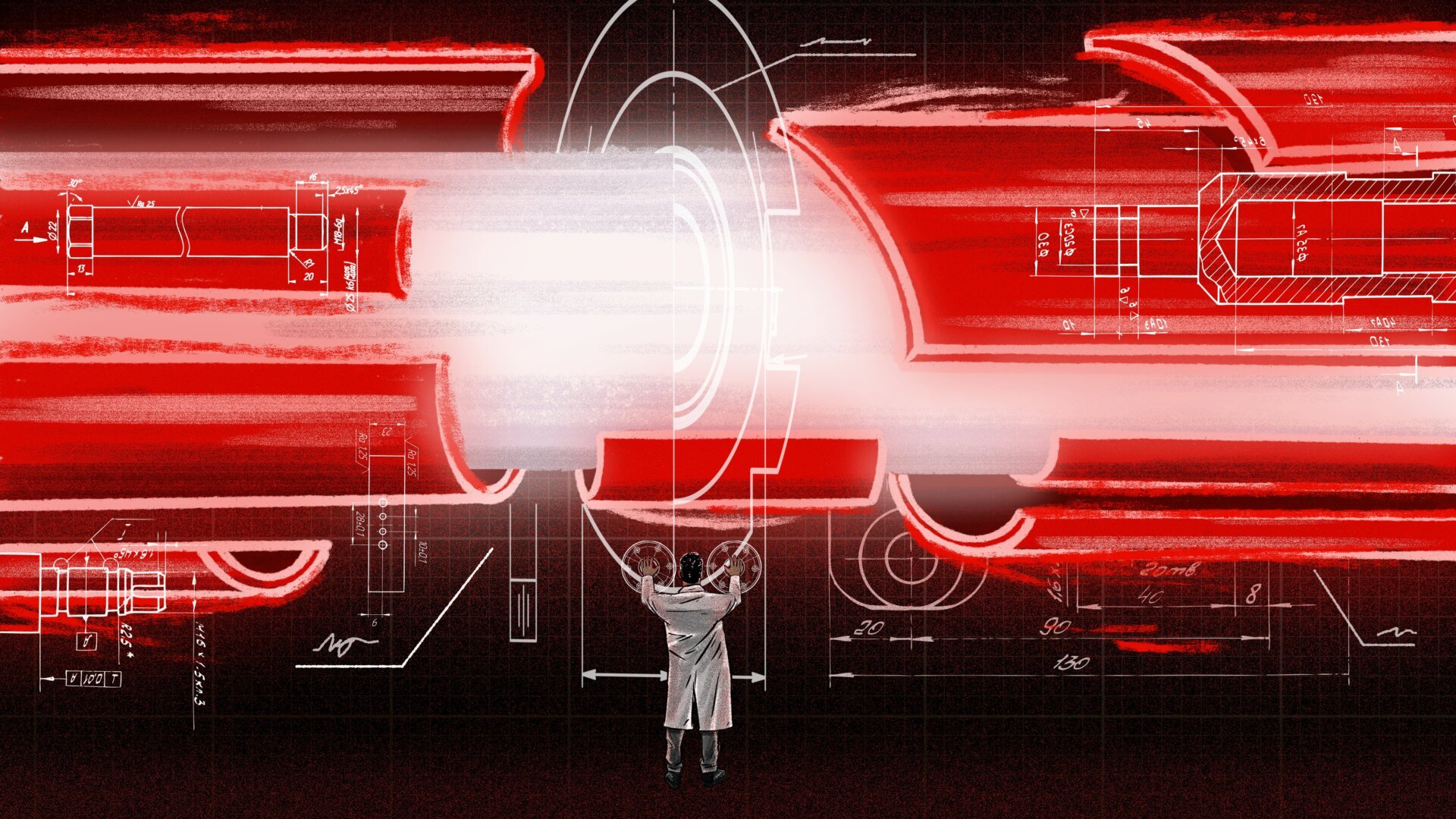The pursuit of a room-temperature superconductor, a material capable of conducting electricity with zero resistance, has captivated scientists for over a century. A team from the University of Rochester recently announced a potential breakthrough, claiming to have created such a material. While the research, published in Nature, offers a glimmer of hope, it has also been met with skepticism from the scientific community. Let’s delve into the details of this discovery and explore its potential implications.
What Makes Room-Temperature Superconductors So Important?
The development of room-temperature superconductors is a monumental challenge in physics, akin to unraveling the mysteries of dark matter or the universe’s accelerating expansion. Superconductors, in their ideal form, transmit electricity without any energy loss, a stark contrast to conventional conductors where energy dissipates as heat. However, existing superconductors require extremely low temperatures and immense pressure to function, limiting their practical applications outside specialized laboratories.
A room-temperature superconductor would revolutionize energy transmission, eliminating energy loss during distribution and paving the way for highly efficient electrical grids. This advancement could have far-reaching impacts on various industries, from transportation to computing.
The University of Rochester’s Claim
The Rochester team’s research centers on lutetium hydride, a compound they claim exhibits superconductivity at 69 degrees Fahrenheit (20.5 degrees Celsius) under a pressure of 10 kilobars (145,000 psi). While 145,000 psi is still a significant pressure, it represents a substantial reduction compared to previous experiments, according to a University of Rochester press release.
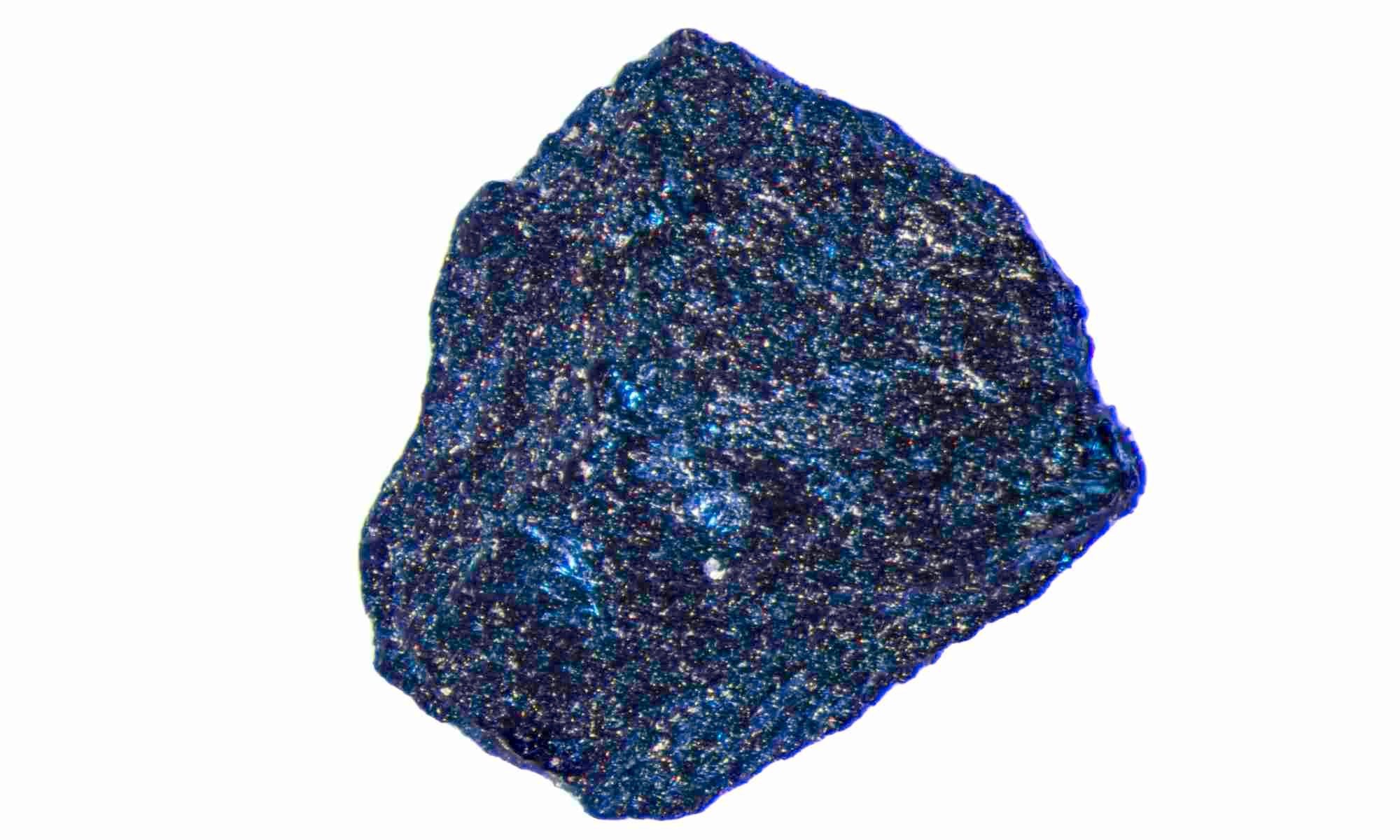 A one-millimeter diameter sample of glittery, blue lutetium hydride.A one-millimeter diameter sample of shimmering blue lutetium hydride. Image: University of Rochester photo / J. Adam Fenster
A one-millimeter diameter sample of glittery, blue lutetium hydride.A one-millimeter diameter sample of shimmering blue lutetium hydride. Image: University of Rochester photo / J. Adam Fenster
Ranga Dias, the mechanical engineer leading the research, believes this discovery marks the beginning of a “modern superconducting era.” However, this optimism isn’t universally shared. Dias and his team faced previous scrutiny for a 2020 Nature paper claiming room-temperature superconductivity in a carbonaceous sulfur hydride. This paper underwent numerous revisions and was eventually retracted in 2022 following challenges to the data and interpretation.
Skepticism and Scrutiny
The scientific community remains cautious, given the history of retracted claims. The 2020 paper, also published in Nature, faced criticism regarding data inconsistencies and the interpretation of phenomena attributed to superconductivity. A Matters Arising article published in Nature in 2021 further questioned the validity of the team’s claims. Additionally, Dias has been involved in past controversies, including accusations of plagiarism.
The Experiment and its Potential
In the recent experiment, the researchers combined lutetium, a rare earth metal, with a gaseous mixture of 99% hydrogen and 1% nitrogen. This mixture reacted for several days at 392 degrees Fahrenheit (200 degrees Celsius), resulting in a blue compound. When compressed between diamonds, known for their hardness and use in high-pressure experiments, the compound transitioned from blue to a vibrant reddish-pink, signifying the onset of superconductivity.
 Diamonds used in experimentDiamonds were employed to create the necessary pressure for the reaction. Image: University of Rochester photo / J. Adam Fenster
Diamonds used in experimentDiamonds were employed to create the necessary pressure for the reaction. Image: University of Rochester photo / J. Adam Fenster
If these findings are independently replicated, they could represent a monumental step towards achieving the long-sought goal of room-temperature superconductivity. This could revolutionize energy infrastructure and usher in a new era of technological advancements.
The Path Forward
While the Rochester team’s research offers a tantalizing glimpse into the future of superconductivity, further verification is crucial. Independent replication of the results will be paramount to validating the claims and solidifying the potential of lutetium hydride as a room-temperature superconductor. The quest for this elusive material continues, and only time will tell if this discovery represents a true paradigm shift or another chapter in the ongoing pursuit.



